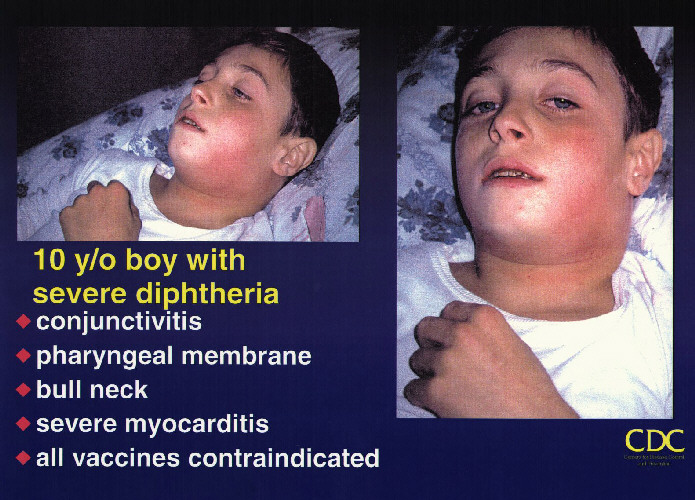Philippines health officials have reported an increase in the vaccine preventable disease, diphtheria, in four regions of the country, while nationally, cases have decreased in 2018.
Bicol, Davao, Soccsksargen and the Autonomous Region in Muslim Mindanao (ARMM) all saw increases in diphtheria in 2018.
Nationally, the archipelago saw a decrease in diphtheria cases and deaths in 2018–147 diphtheria cases/ 34 deaths in 2018 as compared to the 168 cases/41 deaths last year.
Philippines report increase in dengue in 2018

Diphtheria is a dangerous respiratory disease is caused by a potent toxin produced by certain strains of the bacterium Corynebacterium diphtheriae. Diphtheria is extremely contagious through coughing or sneezing. Risk factors include crowding, poor hygiene, and lack of immunization.
Symptoms usually appear within a week of infection. This infection is characterized by a sore throat, coughing and fever very similar to many common diseases like strep throat. Additional symptoms may be bloody, watery discharge from the nose and rapid breathing. However, a presumptive diagnosis can be made by observing a characteristic thick grayish patch (membrane) found in the throat. In more severe cases, neck swelling and airway obstruction may be observed. In the tropics, cutaneous and wound diphtheria is much more common and can be a source of transmission.
Philippines: Measles cases up dramatically in 2018
The real serious danger is when the toxin that is produced by the bacterium gets into the bloodstream and spreads to organs like the heart and nervous system. Myocarditis, congestive heart failure and neurological illnesses of paralysis that mimic Guillain-Barre syndrome are most severe. Even with treatment, fatalities are still seen in up to 10% of cases.
Diphtheria can be treated and cured successfully with antitoxin and antibiotics if started early enough. The prevention of diphtheria is through vaccination.
Palawan, Philippines report resurgence in malaria in 2018


One thought on “Philippines: Diphtheria cases up in Bicol, Davao; Nationally cases down”